Required practicals
1/35
There's no tags or description
Looks like no tags are added yet.
Name | Mastery | Learn | Test | Matching | Spaced |
|---|
No study sessions yet.
36 Terms
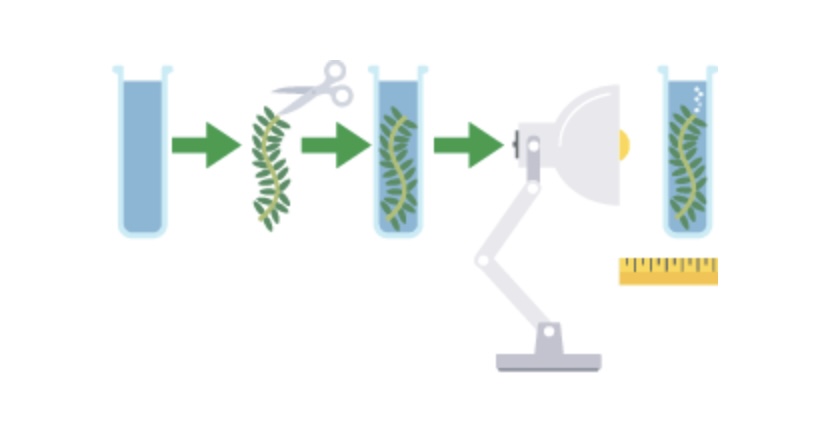
This practical investigates the effect of ___ ____ on the rate of ___ using an aquatic organism such as pondweed
Light intensity, photosynthesis
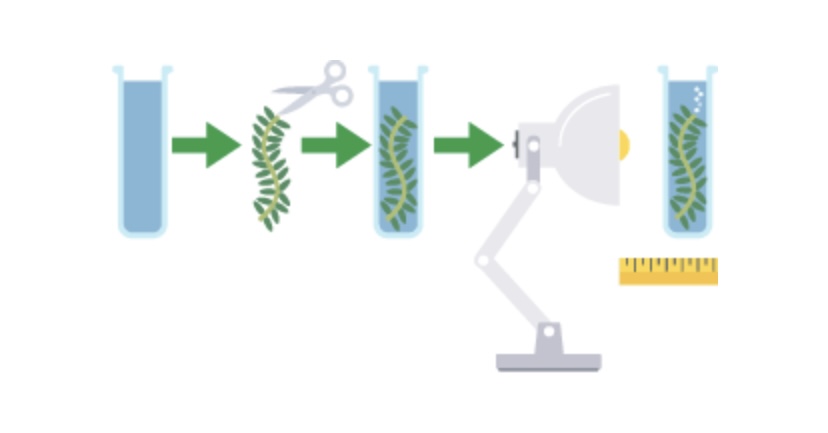
What is the name of the solution in the boiling tube?
Sodium hydrogencarbonate solution
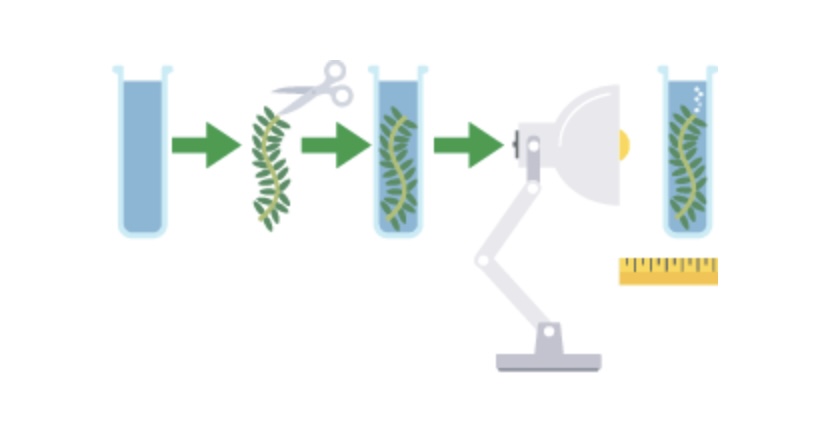
What piece of equipment should be used to carefully place the pondweed into the boiling tube?
Forcepts
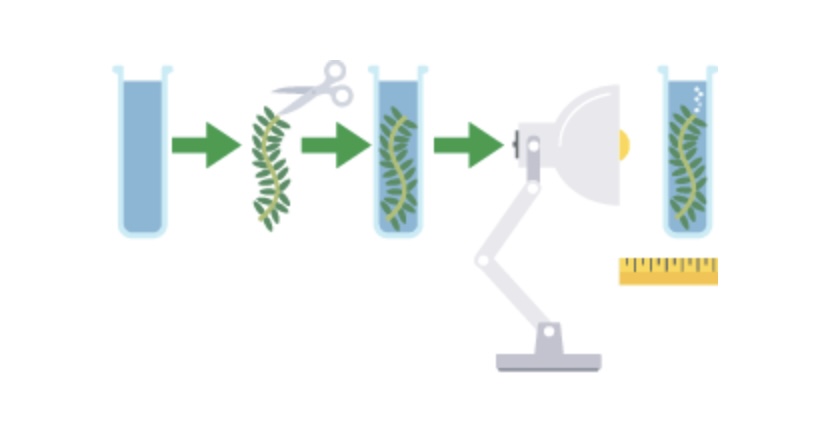
How long should the boiling tube be placed in front of the light source for before starting the experiment?
5 minutes
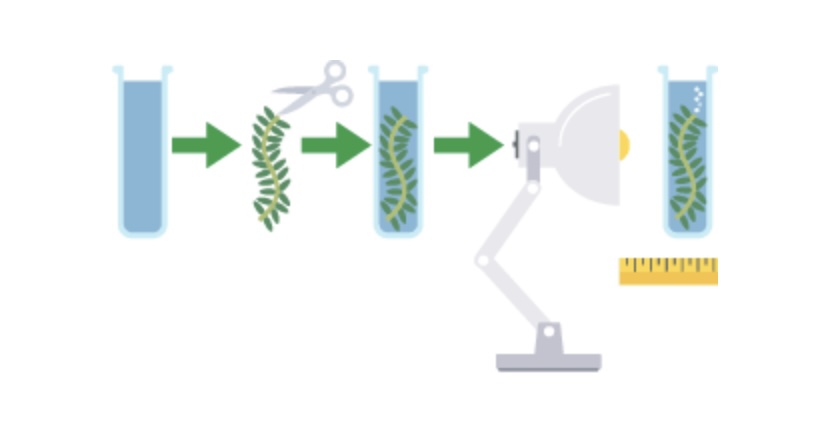
Count the number of ____ emerging from the cut end of the pondweed stems in ___ minute
Bubbles, one
What is the independent variable in this investigation?
The distance from light source
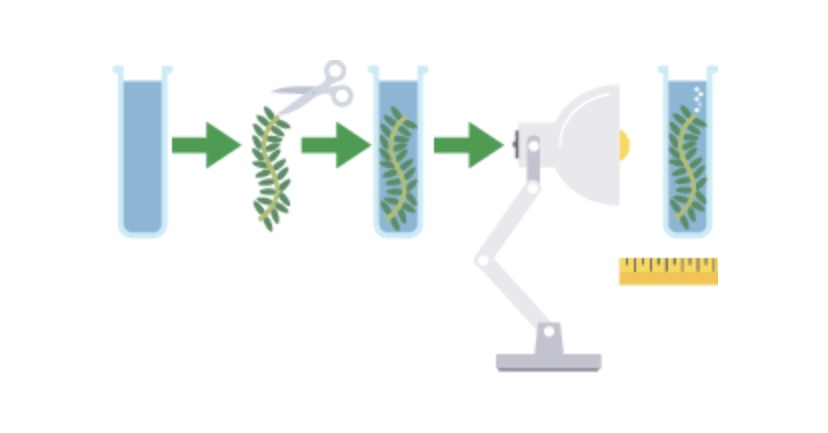

What is the dependent variable in this investigation?
The number of bubbles produced per minute
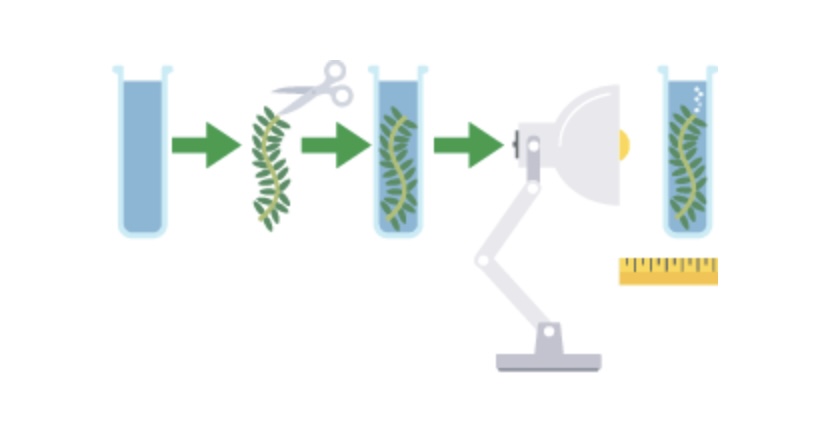
What are the 3 control variables in this investigation?
The concentration of the solution, the temperature and the piece of pondweed
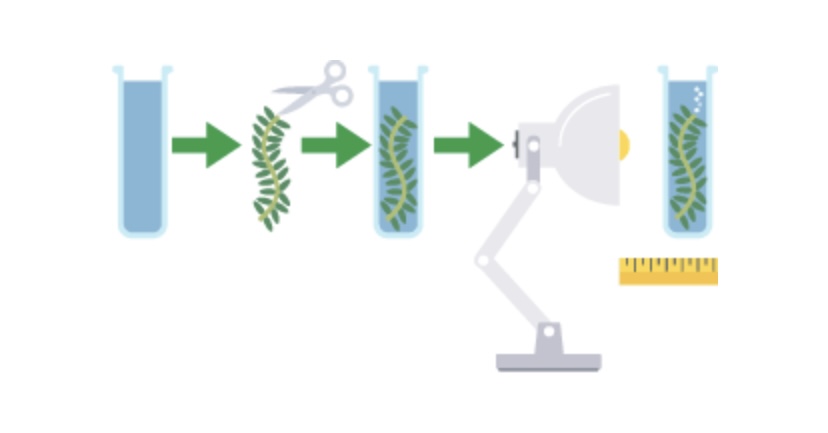
What is a hazard in this investigation?
The water near electrical equipment

Put the steps in the right order
4, 2, 5, 3, 7, 1, 6

Why must petri dishes be sterilised in an autoclave before use?
To kill any bacteria
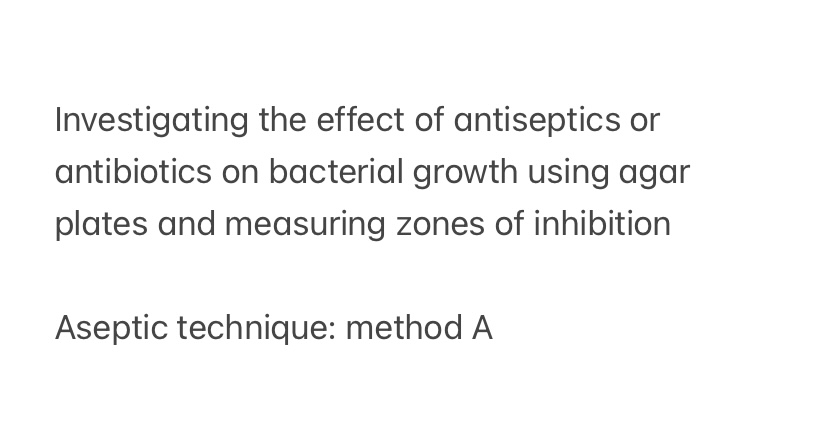
How do you sterilise an inoculating loop?
By heating it in a Bunsen burner flame
Dip the inoculation loop into the ____ solution and make streaks on the surface of the agar plate
Microorganism

Why must the lid of the Petri dish be closed and secured with tape as soon as possible?
To stop unwanted bacteria contaminating it

Why should the lid of the Petri dish not be fully sealed?
A lack of oxygen may encourage harmful anaerobic bacteria to grow
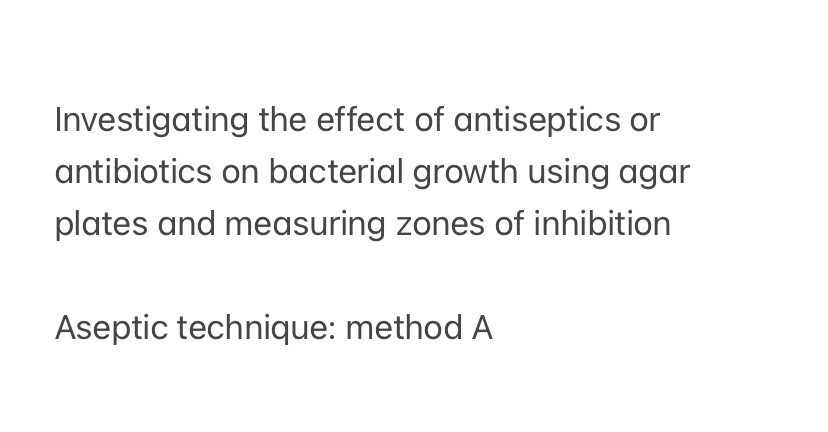
What is the maximum temperature the Petri dish containing bacteria should be insulated at?
25 degrees

What is the first step of this investigation?
Soak filter paper disks in a variety of solutions
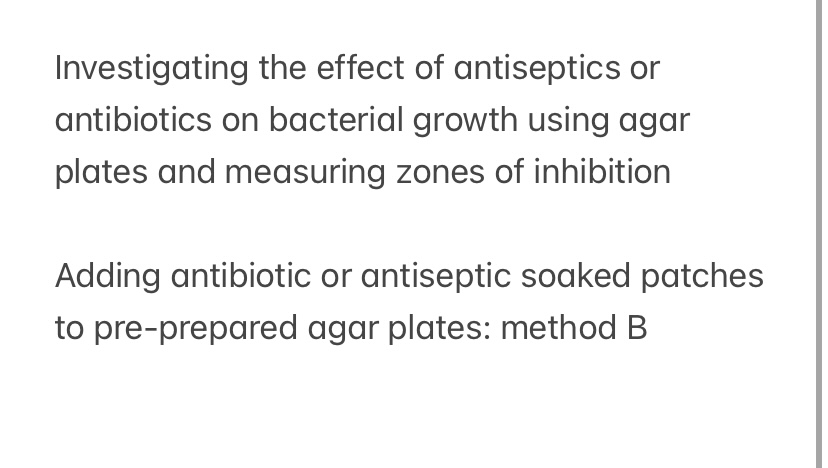
What is the second step in this investigation?
Pour the sterile agar plates and allow to set fully
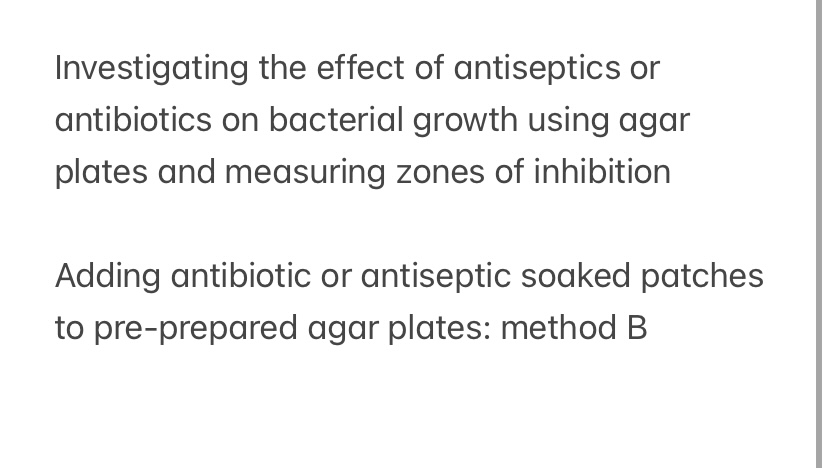
What is the third step in this investigation?
Measure the clear area around the soaked filter paper disks
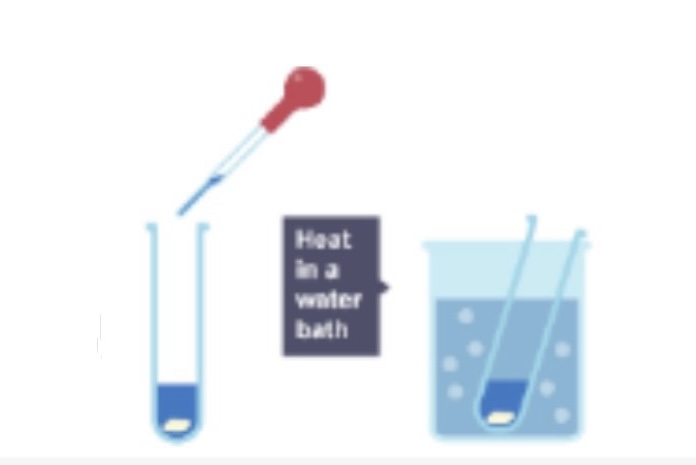
Which solution is being used in this investigation?
Benedict’s solution
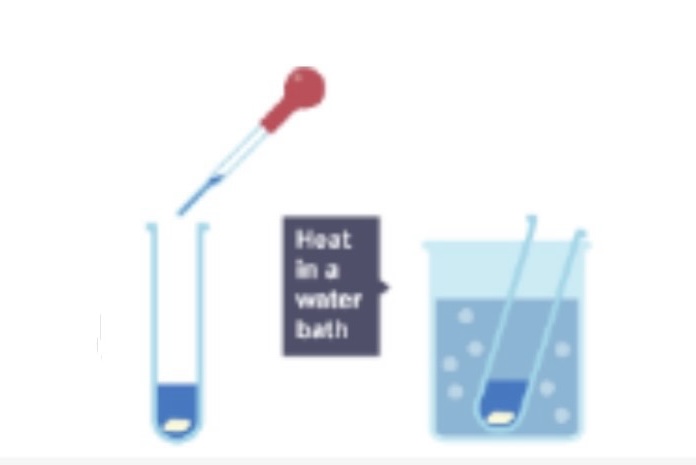
What type of food does this method test for?
Sugars
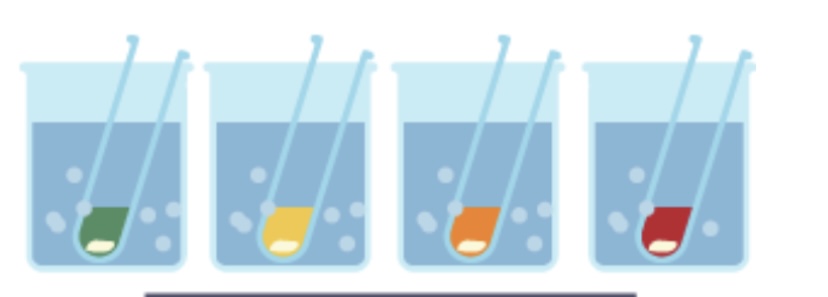
Which solution has been used to get these results in a food tests investigation?
Benedict’s solution
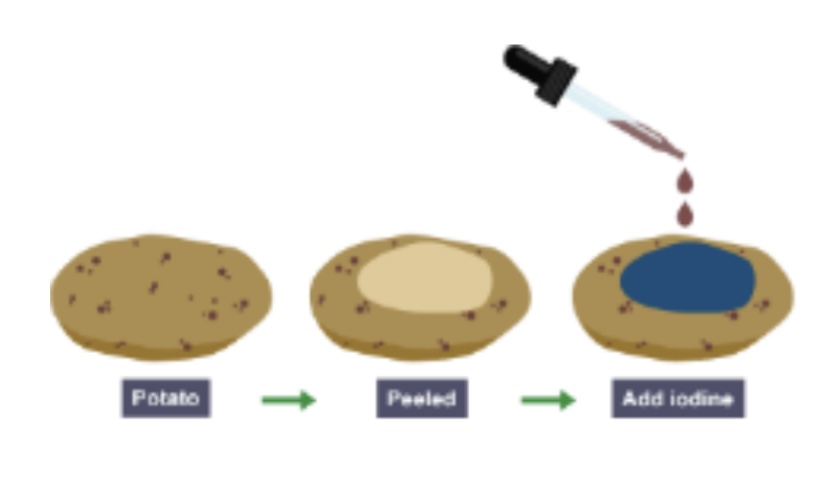
Which type of food is being tested for in this investigation?
Starch
After a food tests investigation, what colour will a food containing starch be?
Blue-black

Which solution tests for proteins?
Biuret solution
What colour will a food containing protein turn after a food test?
Purple
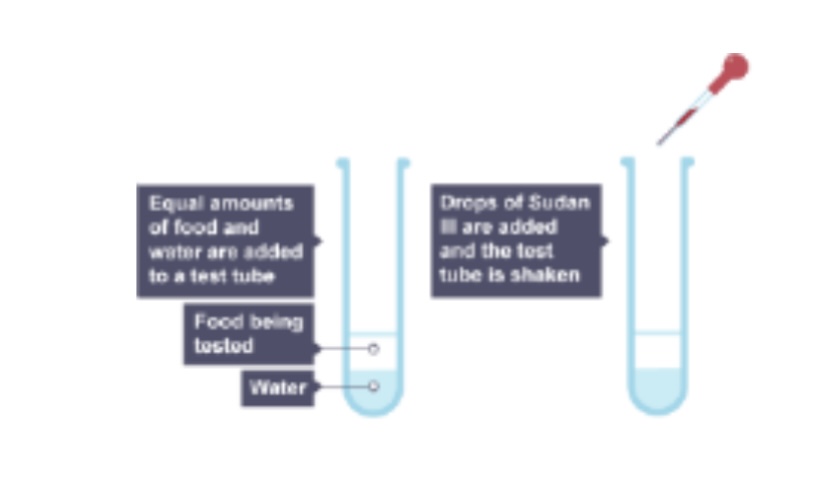
Which food does this method test for?
Lipids
Which solution is used for the main food test for lipids?
Sudan III
A red stained layer on the surface of the water after a food tests investigation indicates the presence of which type of food?
Lipids
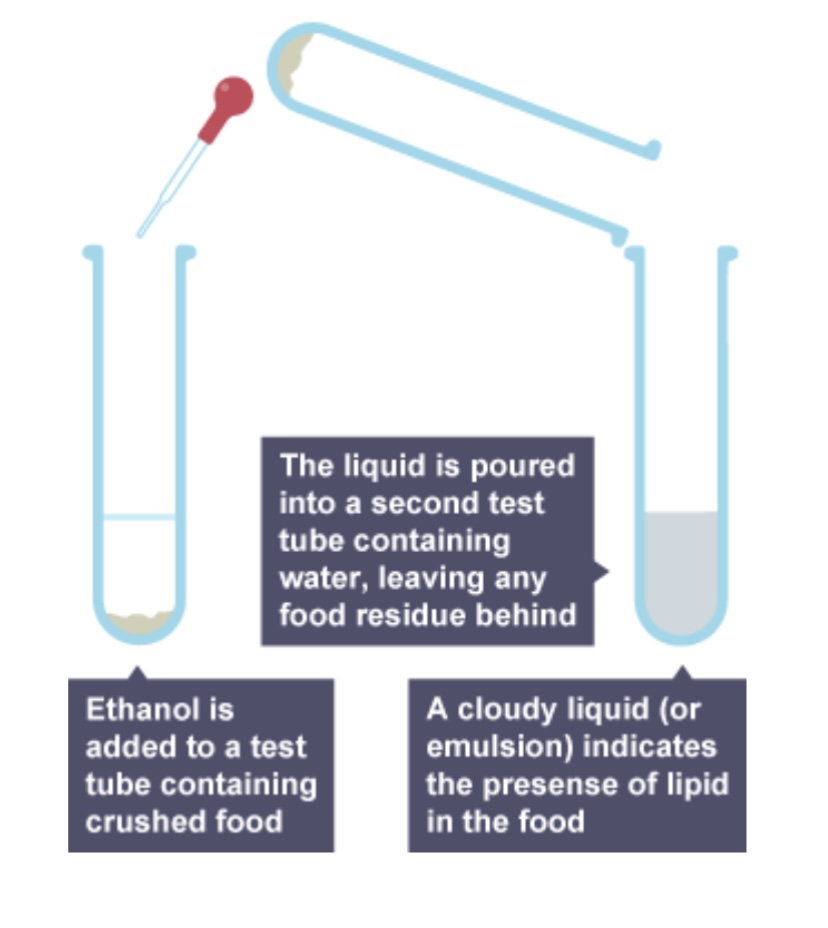
What is the name for this food test?
Emulsion test
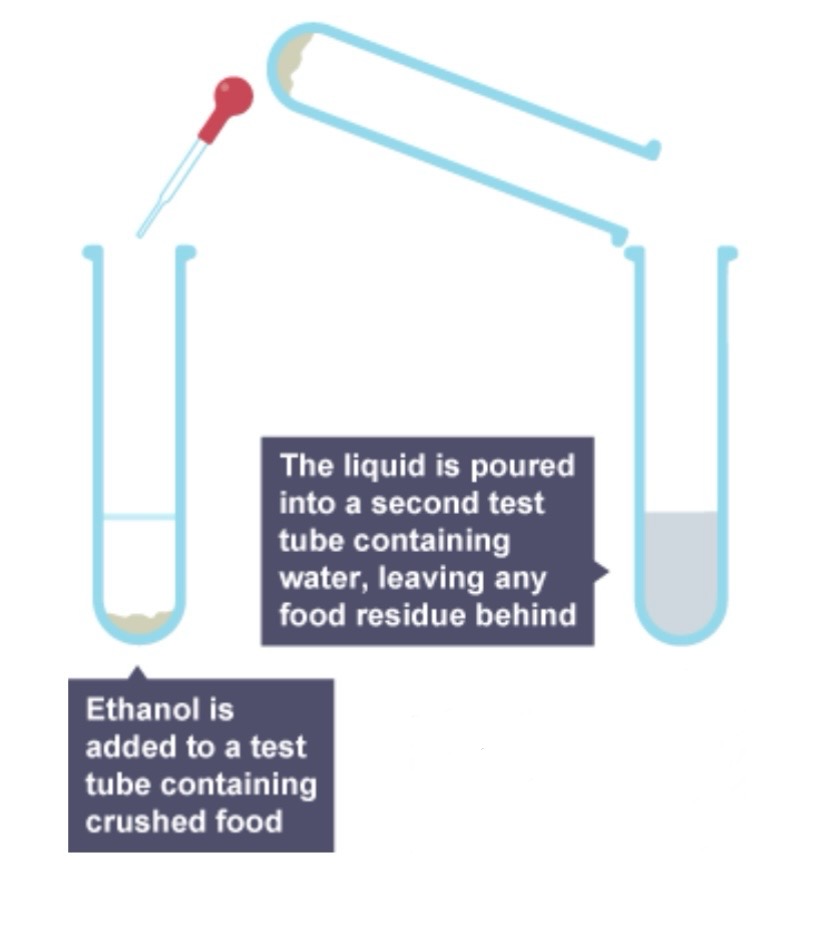
Which type of food does this method test for?
Lipids
What substance is added to crushed food in an emulsion test?
Ethanol
In an emulsion test, a ___ ___ indicates the presence of lipids
Cloudy liquid

What is being investigated?
The effect of pH on the rate of reaction of amylase enzyme
What could colour does iodine solution start out as?
Orange-brown
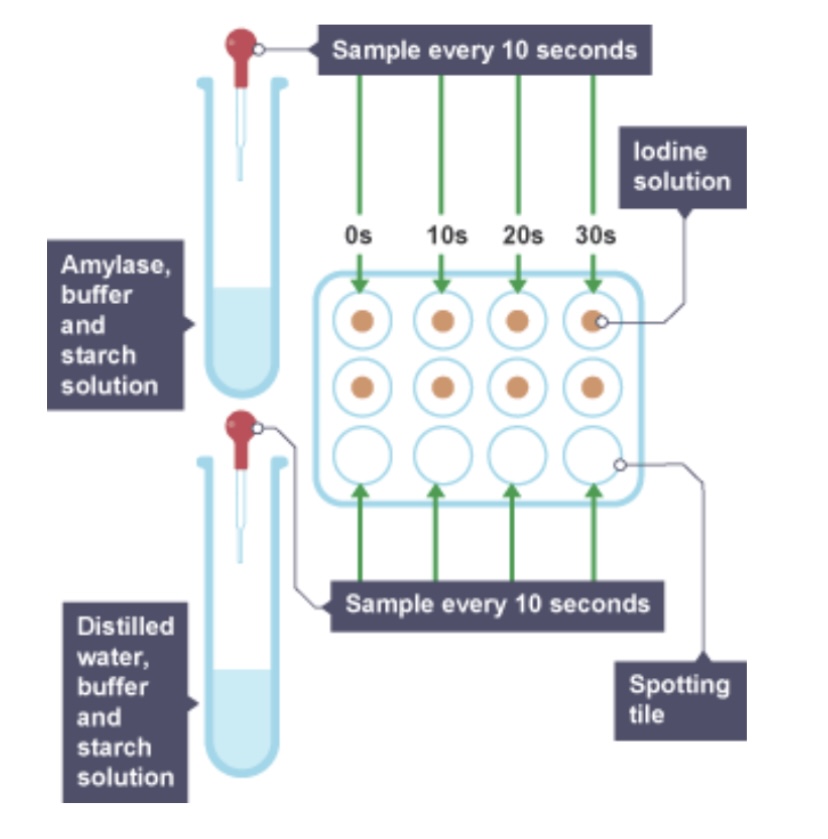
For this investigation, the rate of reaction can be calculated by dividing 1 by ….
The time taken for the reaction to occur